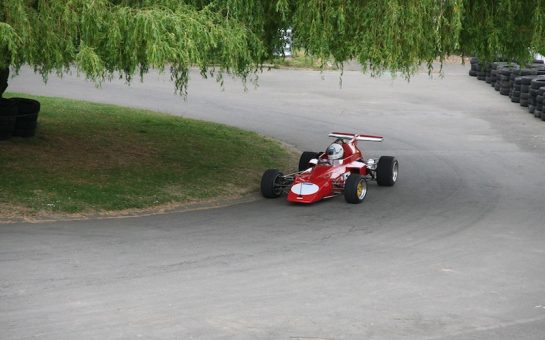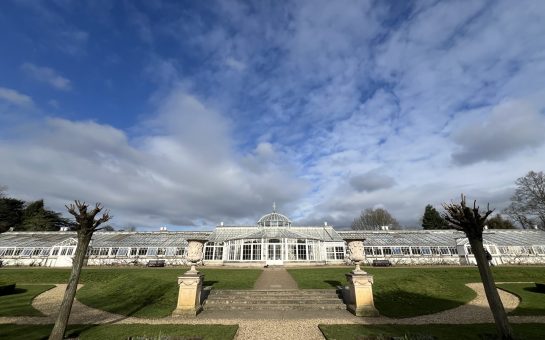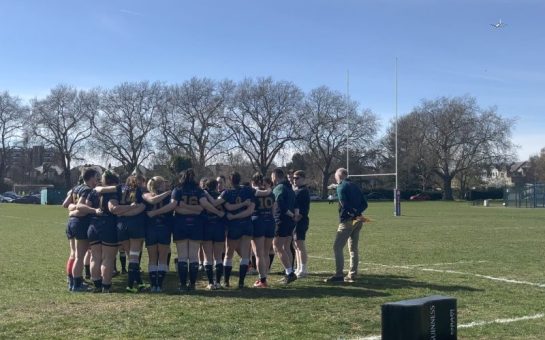A dog tag lost in River Thames mud for nearly 100 years was connected with the descendants of its owner last week.
Keen mudlarker Jason Sandy, 44, discovered the metal artefact at Barnes on August 30 and thought it was a Victorian coin before he saw the engraving: S. SMITH, 13 DELORME ST, FULHAM PALACE RD.

Sandy and fellow mudlarker Karis Lacy turned detective and searched a national census to discover a man called Samuel Smith lived at the Fulham Place address in 1911.
Using findmypast.co.uk, Sandy and Lacy then tracked the family tree to Smith’s grandson, Peter Shayers, who – according to the 2014 electoral role – lived in Uxbridge.
Sandy sent a letter to the address and three weeks later got a response from Joan Shayers, the widow of Peter who died in May 2019 aged 89.
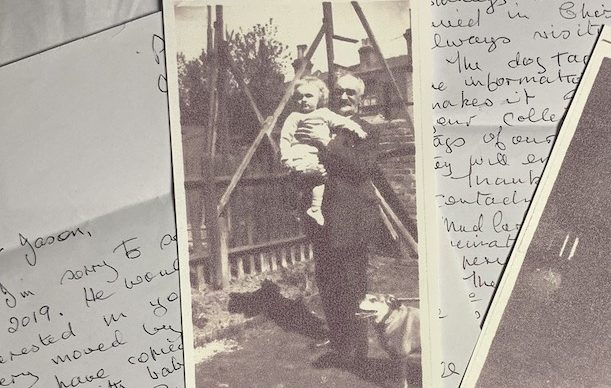
Talking about the response from Shayers, Sandy said: “It’s great to receive this beautiful handwritten letter and the photos of the dog its owner Samuel Smith from her directly, it’s just that personal touch.
“It almost brought tears to my eyes.”

Sandy said the dog tag is one of his greatest finds, despite having mudlarked for eight years on the river Thames.
He said: “I’ve found many Roman things, mediaeval artefacts, Tudor artefacts.
“But to be honest, this is the first time I have found something that links to a living relative.
“It is just incredible.”
After initially thinking the find was an army tag, Sandy realised it was a handcrafted tag for a dog.
Sandy said: “He had worn an old coin smooth and then engraved it with his actual name and address.
“He then drilled a hole into the top to make it a pendant that could put be put on the dog’s collar.
“It just goes to show it was a much-loved dog and he wanted to make sure that if the dog went missing, it could be found.”

In her response to Sandy, Shayers mentioned that Smith had moved to north London with Peter in the 1930s, but her husband’s other grandparents still lived in Chiswick.
The area south of the river from Chiswick, where Sandy discovered the dog tag, is still a popular place for dog walking in London.
Sandy said it would be consistent with the facts that the dog tag was lost when Smith visited his relatives in the area.
Sandy said: “There’s a nice path through the woods at Barnes and I take my kids cycling there, and we walk along that stretch of river as well.”
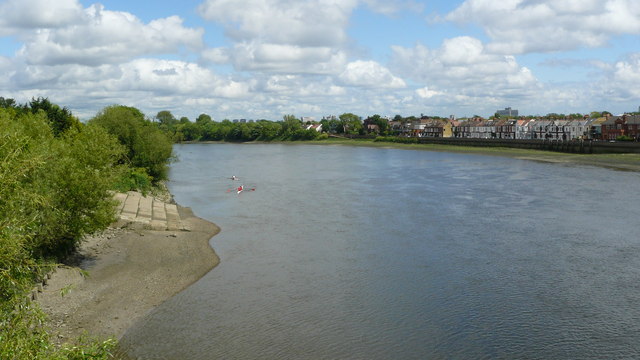
Shayers could not remember the name of Smith’s dog, however, she wrote in her letter back to Sandy that the pet had always been spoken of with affection.
She told Sandy that he could keep the dog tag, adding: “The information I have given you makes is something interesting in your collection.”
Mudlarking is the practice of searching river mud for items of value or historical interest.
Sandy is an architect originally from the United States and lives in the Hammersmith and Chiswick area with his wife and two children.
Talking about mudlarking in the Thames, he said: “You don’t have this in the United States or anywhere else in Europe.
“[In London] you have a tidal river in the centre of a major metropolis, where the riverbed is exposed and historical artefacts are lying there waiting to be retrieved.
“Normally, archaeologists are the only ones that find this type of stuff, but here in London, you, me, anyone who has a permit can discover history for themselves.”
Sandy is the co-author of a book: Thames Mudlarking: Searching for London’s Lost Treasures set to be released next year that looks at the top London mudlarking finds from the past 200 years.
